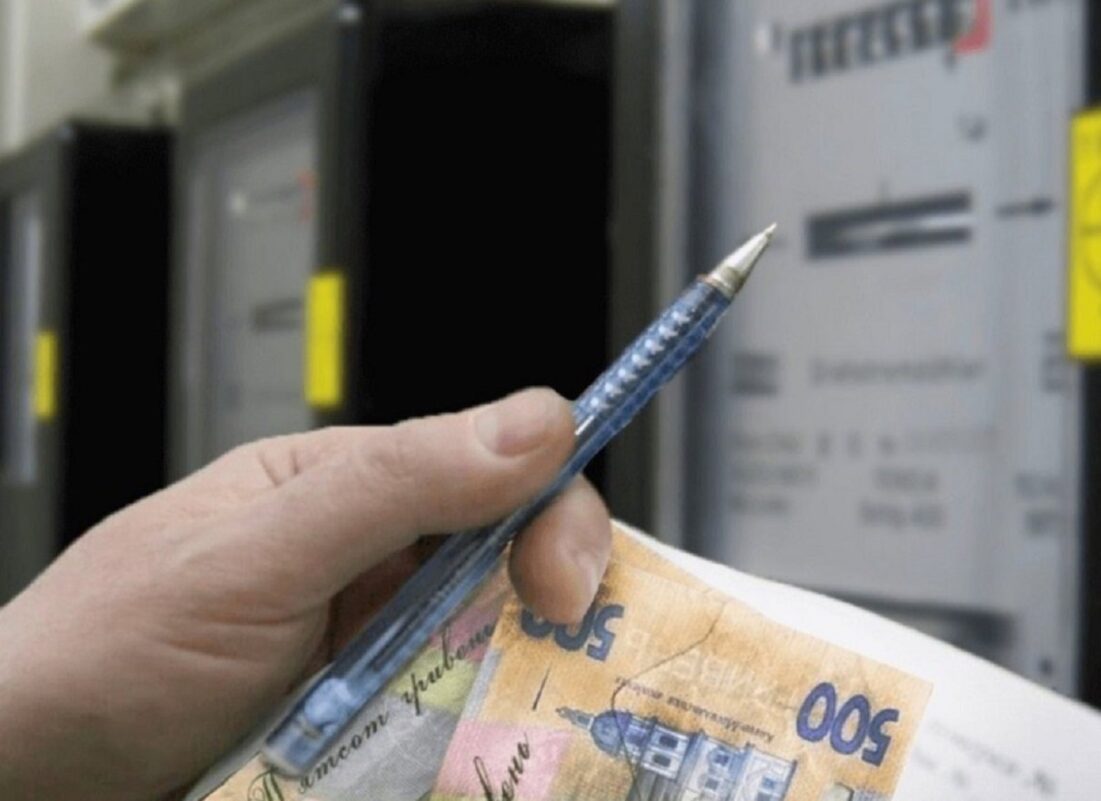
Utility Tariffs in Ukraine 2025: Why Price Hikes Are Inevitable and How They Will Affect Families
The issue of increasing tariffs for housing and utility services is once again one of the most pressing topics in the public agenda. The government does not hide the fact: price hikes for the population are inevitable, but this decision is being postponed until after the war. Both financial institutions and government bodies present the same argument low tariffs no longer support economic stability.
The National Bank and the government openly acknowledge that “increasing utility tariffs and electricity prices is an inevitable step for economic stabilization.” First Deputy Head of the NBU, Serhiy Nikolaychuk, directly emphasizes:
“If for several years certain tariffs remain unchanged, and then they rise several times over, this is not the kind of situation that allows us to properly manage inflationary processes.”
A prolonged “freeze” on tariffs creates additional risks budget losses from subsidies, growing debt burden, and unbalanced inflation. Nikolaychuk is frank: “Sooner or later, all this will have to be leveled out.” According to the NBU representative, a predictable tariff policy is the key to controlling expenses and planning the budget. The NBU has repeatedly called in its reports for the government to return market prices for the population as soon as possible.
Electricity Cost: Government Forecasts and Scenarios for Households
Currently, the government is already planning a further increase in electricity prices for households. According to the Ministry of Economy’s forecast for 2026–2028, electricity prices are expected to rise by 15% annually (plus or minus 5%). This means a gradual transition to a more realistic price, moving away from current social standards.
In July 2024, Ukraine officially informed the IMF of plans to further raise tariffs after the war ends. “Potential reform measures, as soon as conditions allow, include additional gradual tariff increases after the war,” the letter of intent to the IMF reads.
Since March 2022, a moratorium has been in place in Ukraine on changing tariffs for gas, hot water, and heating, but it does not apply to electricity. The household electricity tariff has already increased during the war from 2.64 UAH/kWh to 4.32 UAH/kWh. This price was to remain in effect until April 30, 2025, but the government extended the special obligations (PSO) until the end of October 2025. “Citizens will continue to pay for electricity at the unchanged rate 4.32 UAH per kWh,” said then-Prime Minister Denys Shmyhal.
Post List
Expert Discussion: Economics, Affordability, and Social Risks
Some experts believe that a gradual increase in tariffs is inevitable, considering the real cost of energy. Head of the Union of Utility Consumers of Ukraine, Oleh Papenko, explains:
“The real cost of electricity is about 6.5-7 UAH, and the country will gradually approach this figure. With the current price of 4.32 UAH, an annual increase of 20% will bring the tariff to at least 7 UAH within a few years.”
Papenko believes that the increase will affect not only electricity, but also gas, heat, and water:
“The main problem is the extremely low solvency of the population. Even with relatively ‘moderate’ tariff increases, people simply will not be able to pay their bills.”
Another point of view is that raising tariffs does not make economic sense without solving the debt and structural crisis. According to Director of the Energy Research Center, Oleksandr Kharchenko:
“Regulatory and political situation is awful. Hundreds of billions in market debts, non-payments, financial problems are compounded by losses inflicted by the Russians. But solving this situation requires a large-scale systemic reform of the electricity market, not raising tariffs for the population. … I do not understand the point of raising the issue of increasing tariffs.”
Population Debt: The Scale of the Problem
High debt for utility services is an additional social risk. According to the State Statistics Service, as of mid-2025, Ukrainians’ debt for utilities exceeded 106.6 billion UAH. The largest amounts are owed for heat and hot water (35.2 billion UAH), gas (32.3 billion), electricity (17.1 billion), cold water (10.2 billion), management of apartment buildings (8.8 billion), and waste removal (3.1 billion).
This debt structure underscores the depth of the affordability crisis: even the current tariff remains unaffordable for many families.
Raising tariffs for electricity and utility services for the population appears inevitable in the medium term. But the main question is how to avoid a new wave of social tension, given the low affordability and high level of debt. Without systemic market reform and targeted support for vulnerable groups, raising tariffs may lead to even higher debt and social frustration.
Ukraine faces a choice: market reforms or stronger social support. The way tariff policy is shaped in the coming years will determine not only the country’s economic stability, but also the well-being of millions of families.















